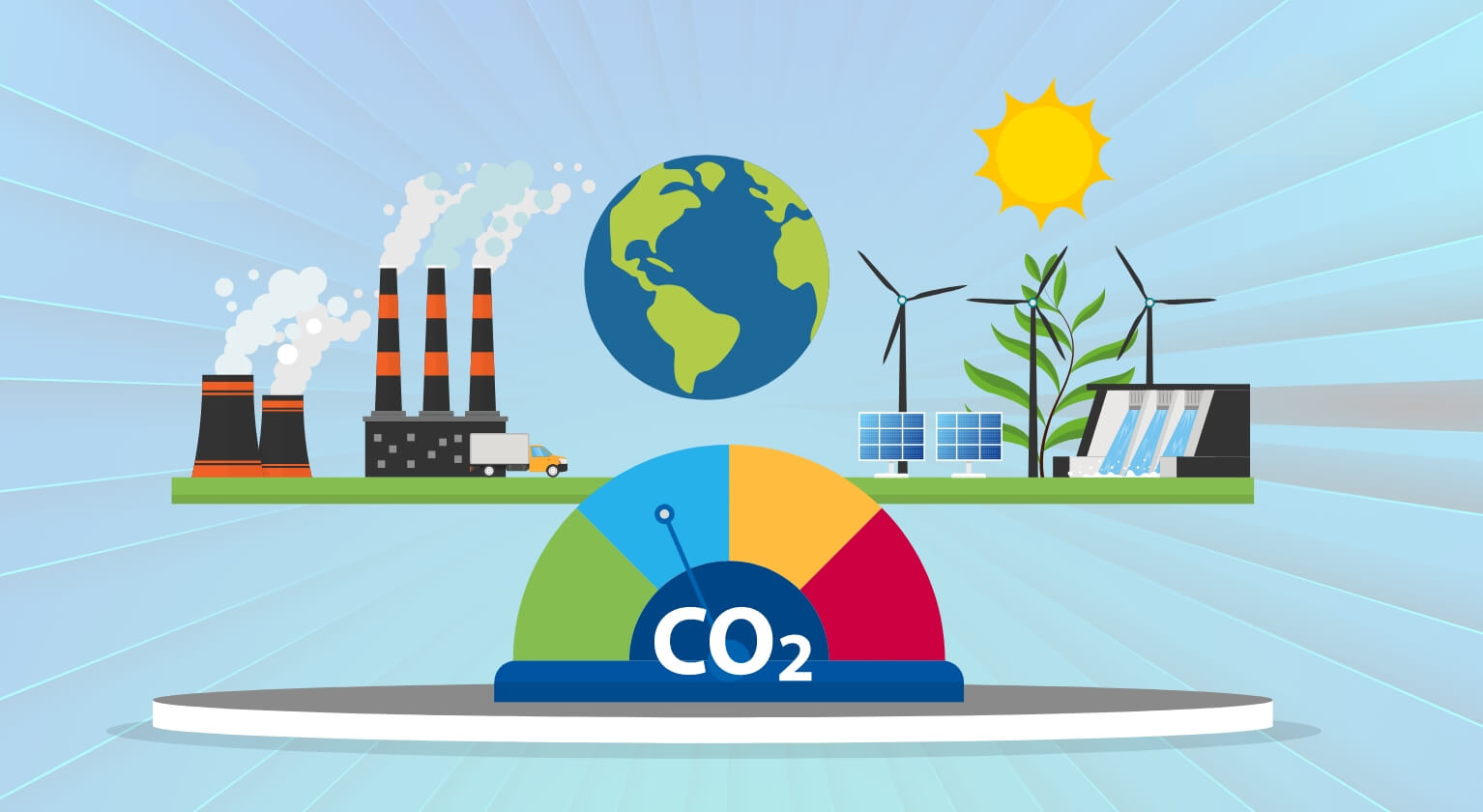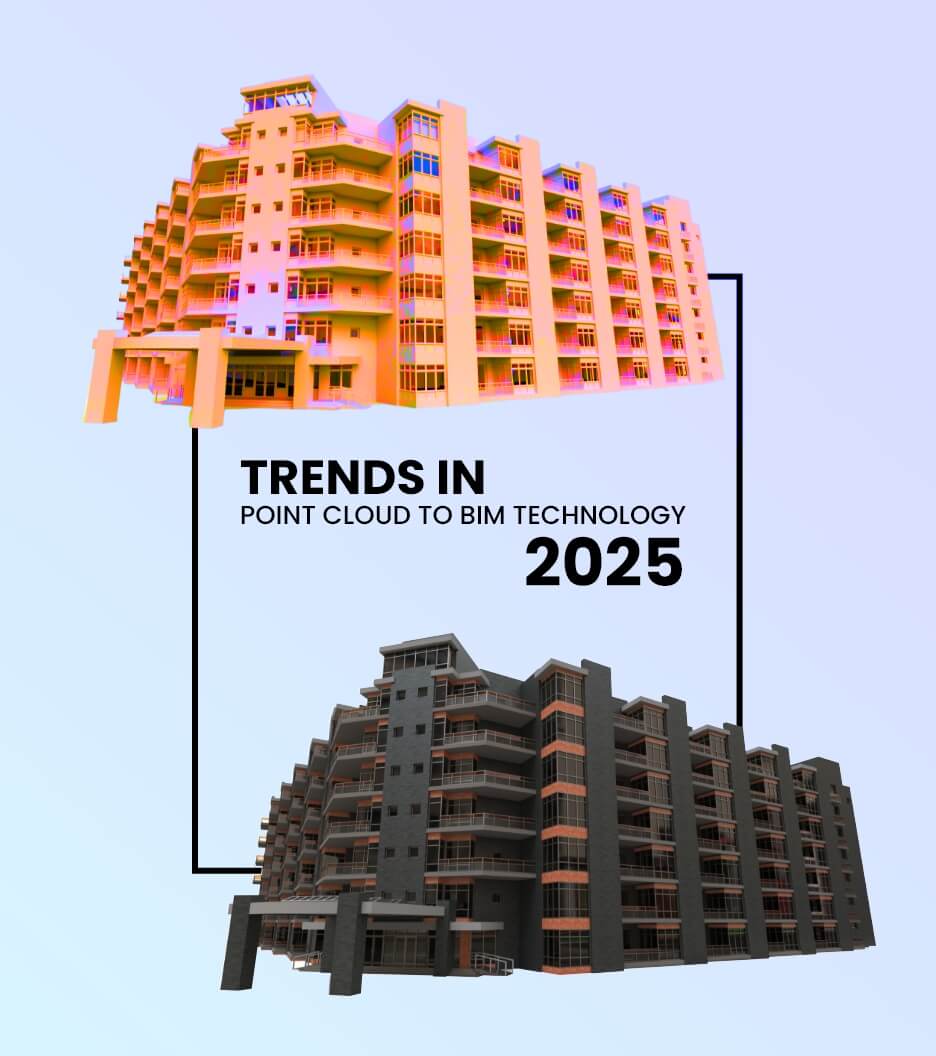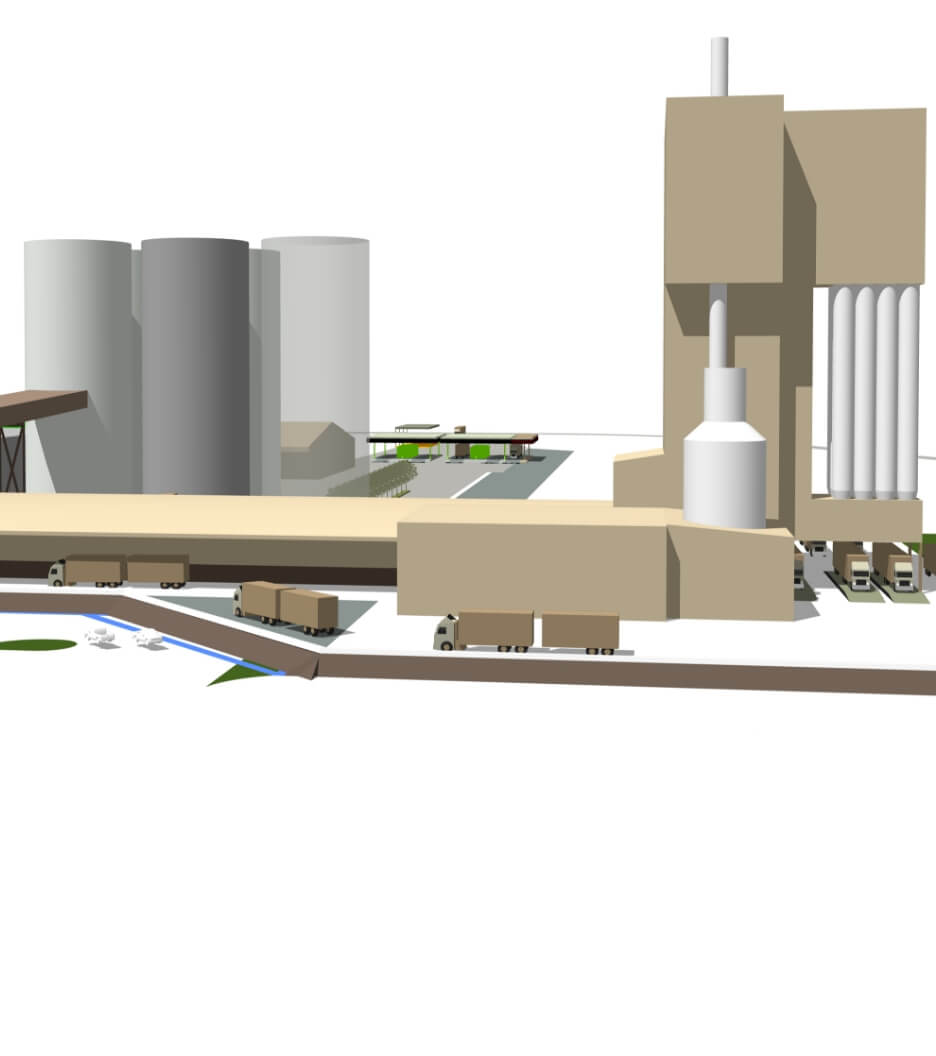 Mahipal Jadeja
Mahipal JadejaDigitization for Decarbonization – Data to the Rescue
 Mahipal Jadeja
Mahipal Jadeja
Send Us Your Requirement
The world has evolved with many technological advances; it is no wonder these advancements have eased our living conditions but have also created a threat to our planet. As global warming has rapidly increased and shows no signs of desisting, there must be novel solutions for putting vulnerable cities and countries out of the harmful emissions. However, the AEC industry has found a peculiar way to cut out the emissions of harmful gasses. As a matter of fact, when it comes to basics, the AEC industry earlier relied on paper too much. Everything from planning, contracting, performance management, operations, and other processes involved was done on paper. The construction industry and the real estate sector were indeed among the least digitized. However, the AEC industry has significantly evolved with the emergence of technology and advancement. Besides, given the sector’s complexity and scale, digitalization was the only solution and better support in the modern world. Becoming sustainable is a complex process, especially for the AEC industry. But let’s look at the problem deeply and how to have a novel resolution for this.
The Problem – Carbon
Climate change is humanity’s most pressing worry. With exceedingly growing greenhouse gas emissions from buildings, the construction industry must play a role in achieving a cleaner, greener future. Decarbonizing the energy system will necessitate a massive shift in how energy is supplied, delivered, and utilized. According to the survey by McKinsey, “When 100 senior construction executives were asked which trends they expected to accelerate due to the COVID-19 crisis, 53% said sustainability.
Data is likely to help decarbonization in the medium and long run. At the same time, it is already helping to reduce CO2 emissions in highly digital economies. However, Despite the continuous emphasis on sustainability and net-zero goal setting, a new study suggests that green success may have declined in the last decade. Compared to roughly a half-decade ago, just one out of every three construction professionals is meeting low carbon objectives on their projects.
Better, Efficient, and Sustainable Construction Practice
Get a Free Quote
The Solution – Decarbonization
Decarbonizing the energy system will necessitate a massive shift in how energy is supplied, delivered, and utilized. Architects, engineers, and researchers are dedicating more time and energy to the design of materials, structural systems, and façades. AEC researchers have created 3D printing technology to transform wood waste into building material as part of the decarbonization that lowers carbon dioxide (CO2) emissions in the atmosphere caused by human activities. The primary goal of decarbonization is to eliminate carbon dioxide emissions eventually. We must reconsider how we create and consume energy and implement a significant shift to renewables and low-carbon energy sources to accomplish deep decarbonization.
AEC Sector Stands Committed to Advancing the Cause
Even though the AEC industry is primarily concerned with physical development, they are consciously moving forward to include sustainability in construction with green buildings. They empower innovators to apply design and make sustainability to the most pressing concerns we face today, from energy conservation to climate change, using digital software like Revit & BIM services in engineering & construction. Digital transformation is applying technology and procedures to how we do business. These virtual platforms contribute to the automation of complicated processes and data transformation into actionable insights, allowing innovators to increase the effectiveness of everything they design, manufacture, own, and operate.
Technology is currently employed for new applications, such as enhanced rendering of the built environment, 3D laser scanning, reality capture, and replacing paper with digital activities. If architecture, engineering, and construction firms want to compete, they must understand the digital revolution in their industry and begin moving in that direction. Otherwise, they risk falling behind. Access to detailed and accurate data enables construction professionals to conduct critical comparisons and choose the lowest carbon materials possible. Using this data throughout the design phase also simplifies calculations for embodied carbon. We must remember that the building structure causes most embodied carbon, and getting it right from the start will be critical to decreasing it overall. Reducing operating energy usage in new and existing buildings is a top priority for the AEC industry.
Potential Precaution to Sway Carbon Outcomes in the Beginning
Analyzing data from the supply chain is the most excellent approach to detecting and monitoring your carbon footprint. The industry must harness and effectively use this data to identify the carbon footprint generated in each stage of the supply chain, including raw material acquisition, manufacturing/production, warehousing/distribution, consumer usage, and disposal/recycling. Digital platforms provide meaningful insights into how to optimize the operations in a company’s supply chain.
- Utilize data to detect your carbon footprint beforehand
Construction organizations may use data analytics to investigate product volumes moved, distance traveled, operational disturbances, wasteful routes, inefficient transportation, and inefficient space utilization. Modern technology may be linked to supply chain systems to assist in monitoring and forecasting better routes based on traffic trends, weather patterns, and delivery history. - Monitoring pollutants and CO2 emissions using data
The acquired information may be used by businesses to create and track supplier KPIs, define standards based on best practices, and act as benchmarks for GHG emissions to improve supply chain sustainability. Using integrated digital platforms, a product’s carbon footprint may be calculated by creating its raw materials through its end of life. The organization can create a plan using this information to manage and reduce the product’s carbon footprint across the value chain. - Going Digital in Storage Practices
The higher cost has led many supply chain CEOs to see sustainability, climate change, and decarbonization as liabilities. They still need to take the required actions or establish goals to lessen their carbon impact. Digitization may help monitor and lower carbon impact even in shipping and logistics.
Conclusion
The AEC industry is becoming increasingly interested in adopting technology that helps them analyze and lower their carbon footprint as consumer awareness of the environmental impact of various products grows in the market. A must-have effort, sustainability is now ingrained in the infrastructure of many businesses. Not only does it protect the environment, but it also improves and increases the effectiveness of the supply chain. With a digital blueprint, it generates a verifiable record of all the materials and goods utilized during the specification process. Digitization is conducive to safety but implies greater transparency about a building’s carbon footprint. Manufacturers will become increasingly crucial in providing the appropriate levels of data as digital specifications evolve.






